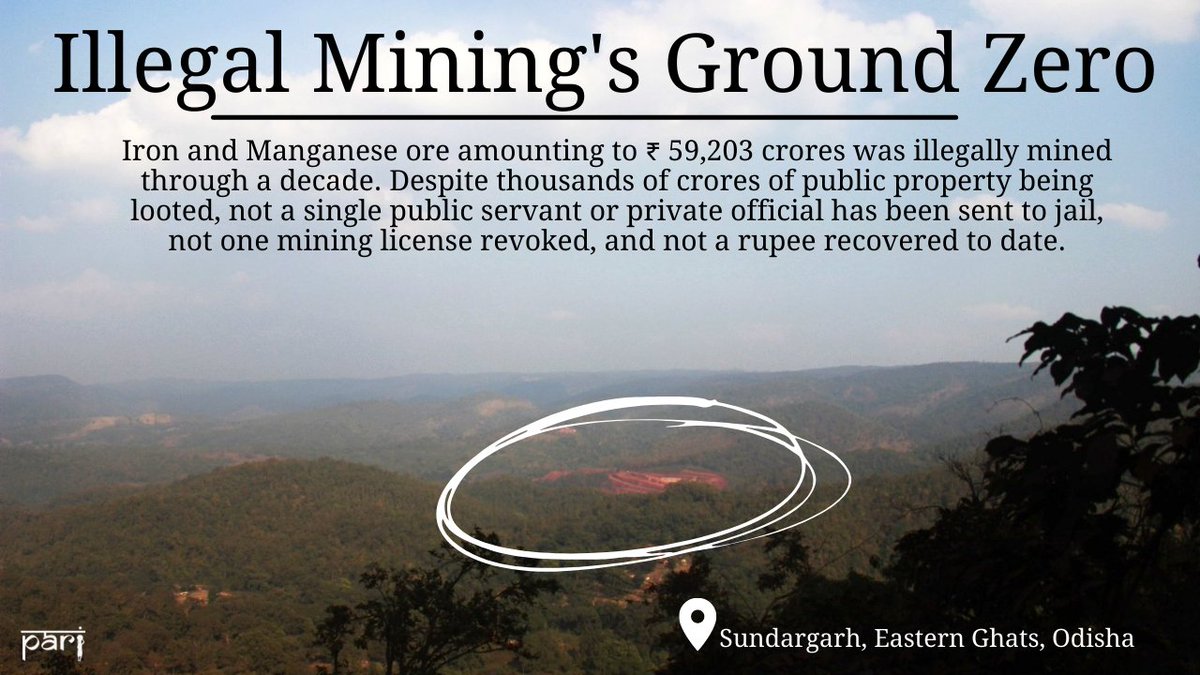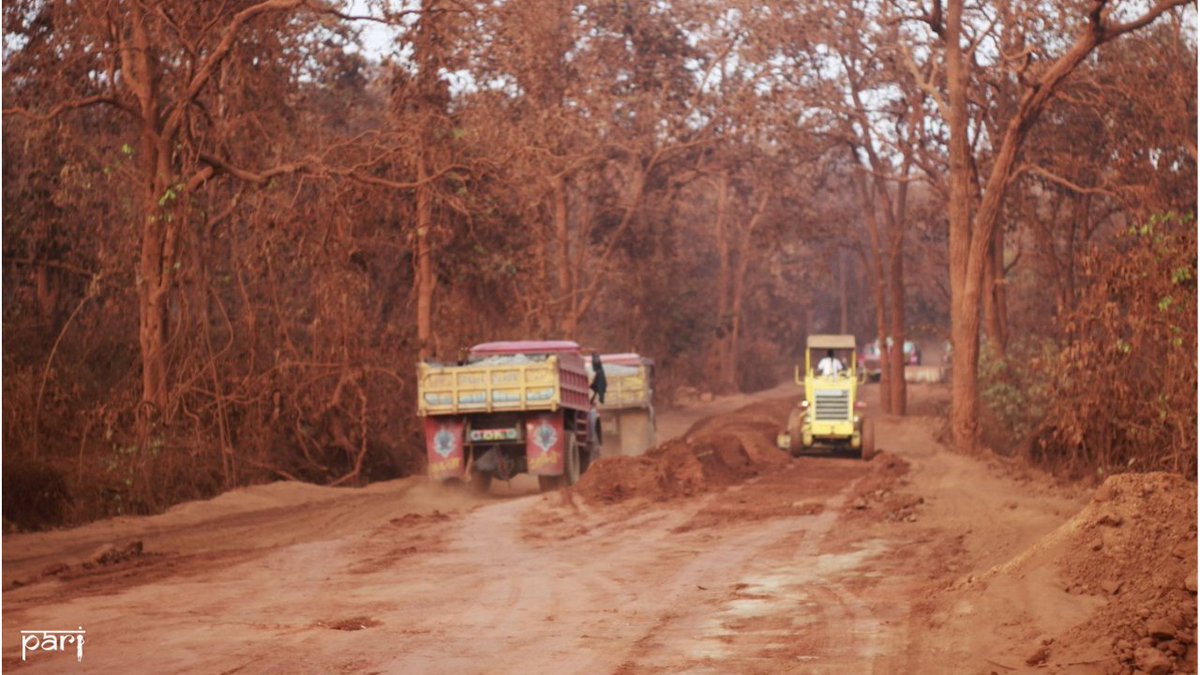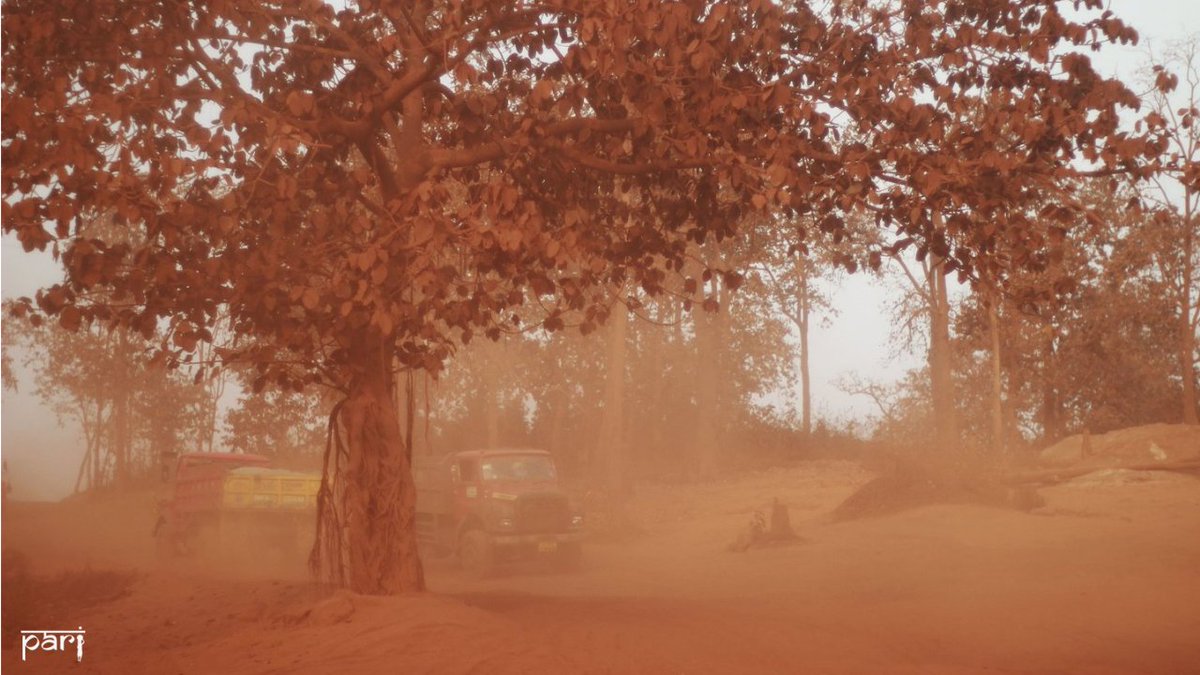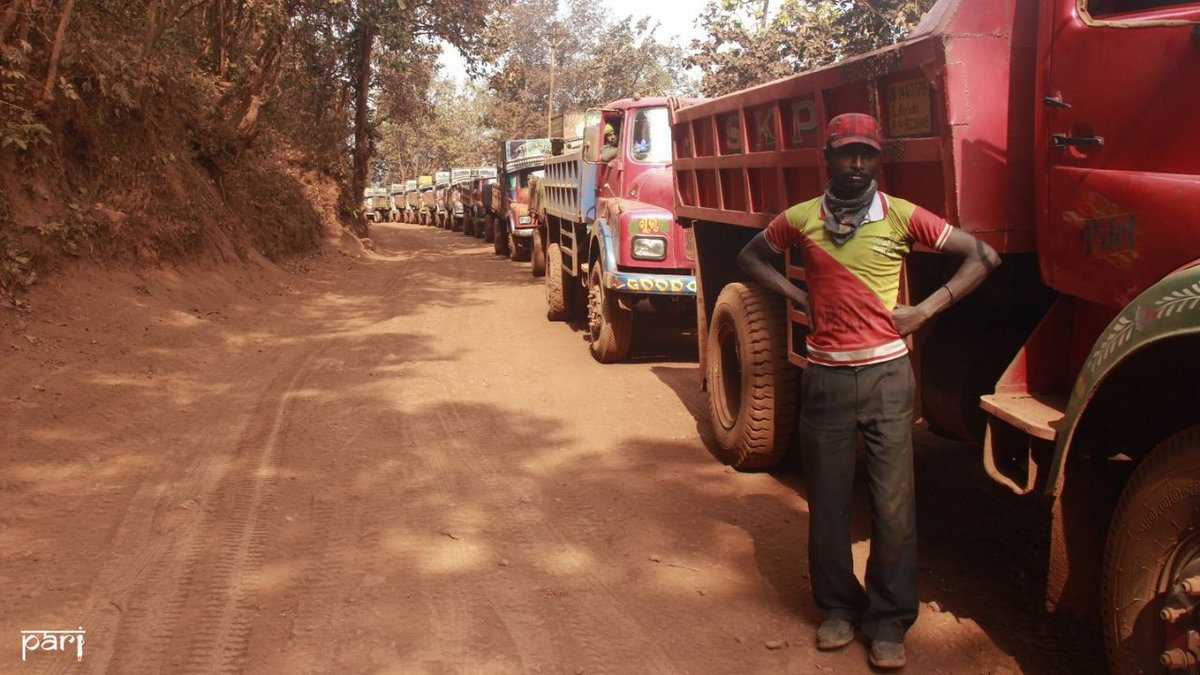Authors People's Archive of Rural India
7 days
30 days
All time
Recent
Popular
On #WomenFarmersDay, a photo story on the incredible hard yards that women put in each day in agriculture.
The landowner here in Anantapur is standing tall while the row of 9 women workers doubled over, are doing transplantation work on his field. 📷@PSainath_org | 1/n
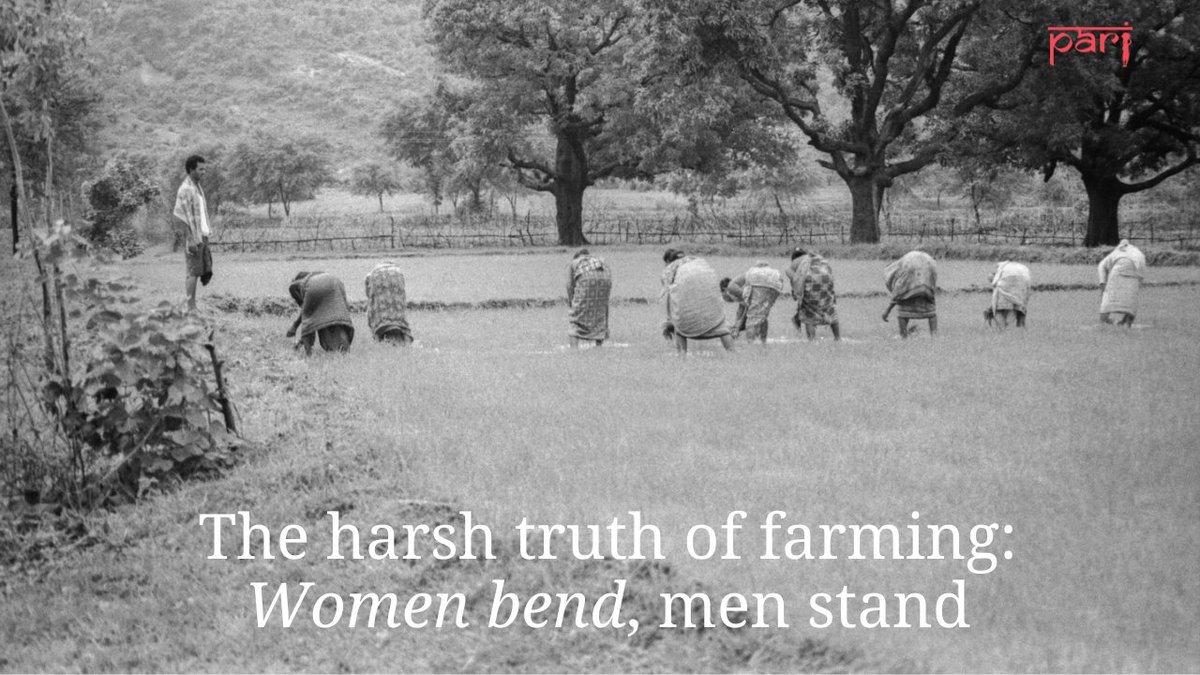
He said he paid them Rs. 40 a day. The women, all landless workers from Rayagada, Odisha said it was Rs. 25. It is a typical case of visible work, invisible women. In India, even women from landed families have no rights to the land. 2/n
Full story: https://t.co/tbMFQF3NsF
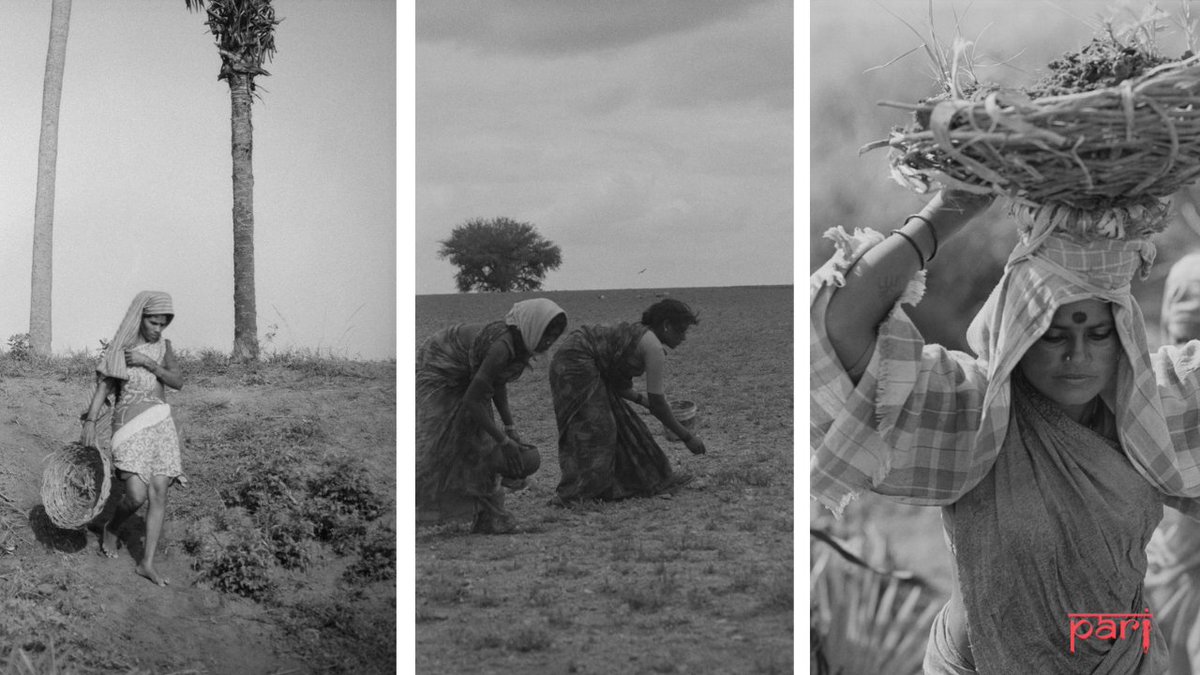
These 2 young girls in the field in Anantapur, AP, are hunting for pests. It’s about all the paid work there is in their village. They get Rs.10 for every kg of red hairy caterpillars from the landowners. This means they have to catch over a thousand to make that much 3/n
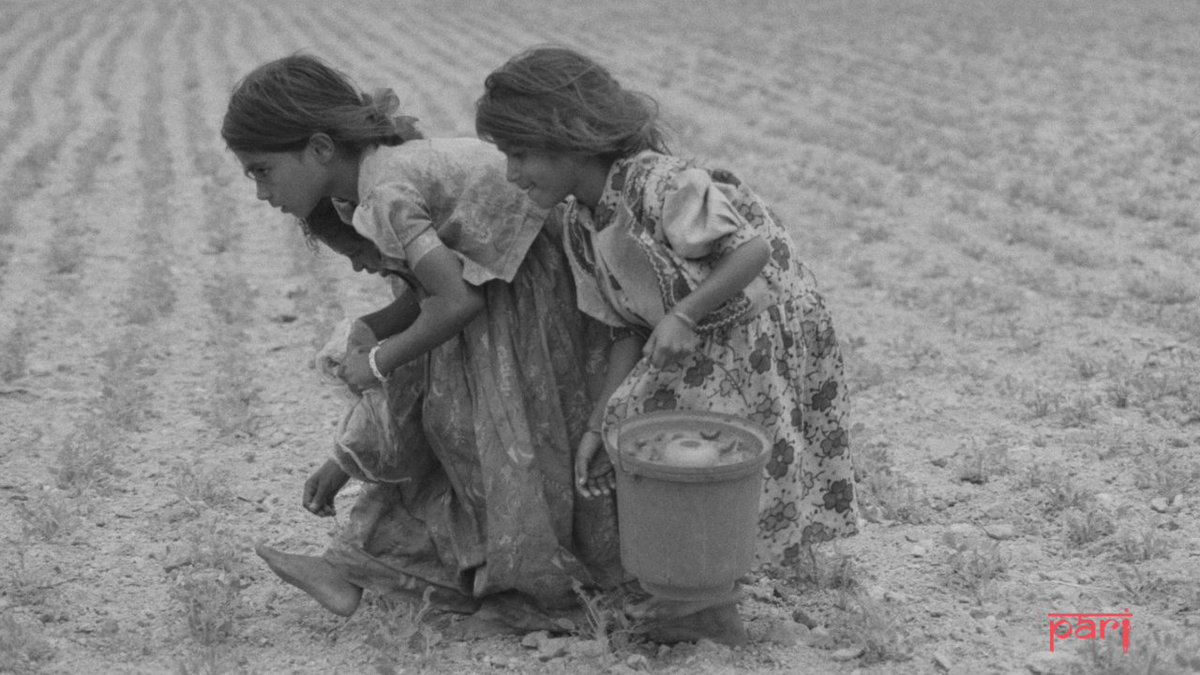
Millions of women are not counted as workers contributing to the national economy. Much that rural women do, apart from direct agriculture, is dismissed as ‘household work.’ Lack of direct control over resources like land greatly weakens the position of women. 4/n

She paused, exasperated by the mid-day sun in Vizianagaram. But remained bent over. She knew she would resume work in moments – in that very posture.
Working in the same cashew fields were 2 other groups of women from her village. All were bent over. 5/n
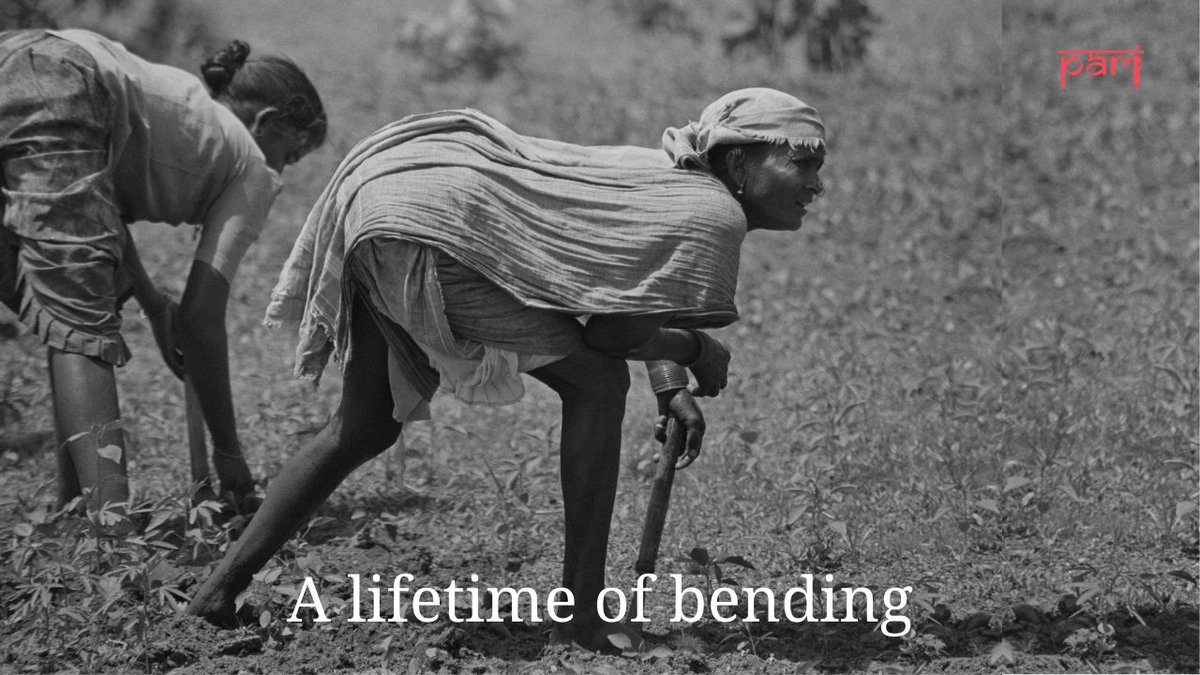
The landowner here in Anantapur is standing tall while the row of 9 women workers doubled over, are doing transplantation work on his field. 📷@PSainath_org | 1/n

He said he paid them Rs. 40 a day. The women, all landless workers from Rayagada, Odisha said it was Rs. 25. It is a typical case of visible work, invisible women. In India, even women from landed families have no rights to the land. 2/n
Full story: https://t.co/tbMFQF3NsF

These 2 young girls in the field in Anantapur, AP, are hunting for pests. It’s about all the paid work there is in their village. They get Rs.10 for every kg of red hairy caterpillars from the landowners. This means they have to catch over a thousand to make that much 3/n

Millions of women are not counted as workers contributing to the national economy. Much that rural women do, apart from direct agriculture, is dismissed as ‘household work.’ Lack of direct control over resources like land greatly weakens the position of women. 4/n

She paused, exasperated by the mid-day sun in Vizianagaram. But remained bent over. She knew she would resume work in moments – in that very posture.
Working in the same cashew fields were 2 other groups of women from her village. All were bent over. 5/n


